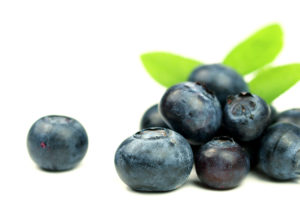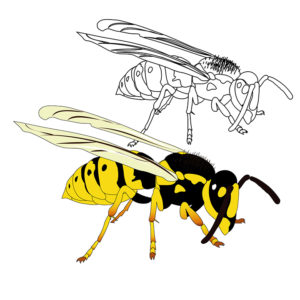Q. Three years ago, we were given several Blueberry plants that we planted in containers. So far, they have yet to produce any berries. How long do we have to wait until the plants start producing and when should they be pruned?
A. Blueberry plants produce berries at an early age so you should have had a crop by now. For berries to form the plants must flower and the flowers need to be pollinated. There are early flowering varieties, mid-season, and late-blooming Blueberries. They must be pollinated by another variety from the same blooming period. Blueberries are also grouped according to their winter chill requirements. Because of our mild winters, the Southern Highbush which are the low chill varieties, are the best-suited blueberries for Bay Area gardens. Knowing the variety name would answer a lot of questions, but I’m going to assume that they are unnamed. So, that leaves you with two options. You wait another year to see if the plants bloom at the same time. If so, then the problem is that the varieties are not suited for our climate, or they are the same variety. You need two different varieties, with a similar blooming period. If the varieties, bloom at different times, you could replace one with another variety or increase the number of blueberry plants in containers. The second option would be to replace both varieties now and save a year. A good selection of Blueberries is now available at your favorite garden center. I might suggest Bountiful Blue or Sunshine Blue as they are self-ferule and you avoid the pollination problem altogether. This would be my preferred option. Blueberries are pruned annually in February before the flush of new growth. Excessive pruning should be avoided because it greatly reduces the crop for that year. The plant(s) is kept fairly open by cutting out weak and older non-producing stems down to the ground. You should also remove all the dead or dying branches. As a general rule, you keep four to six of the vigorous, older stems and one to two strong, new shoots per bush. The new shoots will eventually replace the older stems. Another reason for pruning is that it limits the plant from over producing. If all the flowers are left to develop into berries, the berries will be small, ripen later than normal, and the plants will have little new growth.
Q. My hydrangeas grow into beautiful plants each year, but they do not flower. What do I need to do to encourage them to bloom? I’ve tried 0-10-10 in the past with no success, and my gardener has no answers.
A. The failure of Hydrangeas to bloom is not a fertilizer issue. For those plants planted before 2000, the primary suspect is pruning. Hydrangeas bloom on the second year wood. When the bushes are pruned severely, all the flowering wood is removed. With these varieties, you only want to prune off the flowering stems each year. They are removed as far down to the ground as you can go. The rest of the plant is just shaped. It may be too late for flowers this year. Many times this is the result of an inexperienced gardening or gardener service. They can maintain grass well, but their horticulture is a bit shaky. So, I’d tell the gardener not to prune the Hydrangeas and do it yourself. Also, the plants should flower next year, even if you trim the plants lightly this year. The Endless Summer series of Hydrangeas were introduced this century. The Endless Summer Hydrangeas bloom on both old and new wood, so you avoid the pruning problem with the Endless Summer series or similar series. You get the wonderful flowers every year whether or not your gardener trims it at the wrong time or too vigorously. The series features both the traditional shaped Hydrangeas as well as a Lace Cap variety.
Q. I didn’t prune my roses well enough during the winter months. I’ve now got some gangly stems that are being blown around by the wind. Is it safe to drastically prune the roses once the first sets of flowers are finished?
A. Sure, you can drastically cut roses back after the first, second or third blooming cycle, but you’ll need to take special precaution with the bare or naked canes after they are pruned. The newer canes or growth are green in color while the mature canes are a brown color. They are very susceptible to sunburn from the direct sun. One of the purposes of the leaves is to shade the immature growth from the heat. Sunburn causes the canes to turn black, and they may die from it. Sunburn is not a problem during the winter months as the days are shorter, the temperatures are much cooler, and on many days there is cloud cover with moisture in the air. You shade the naked canes for four to six weeks by covering or draping shade cloth over the plants. Be sure to feed the roses with Rose Food to encourage the new growth. The shade cloth is removed once the new growth shades the bare canes. If there is lots of foliage left after pruning, it will not be necessary to cover the plants. Also, unseasonably cool temperatures, plants that in the afternoon shade may reduce the need for a covering. This is a judgment call on your part.






